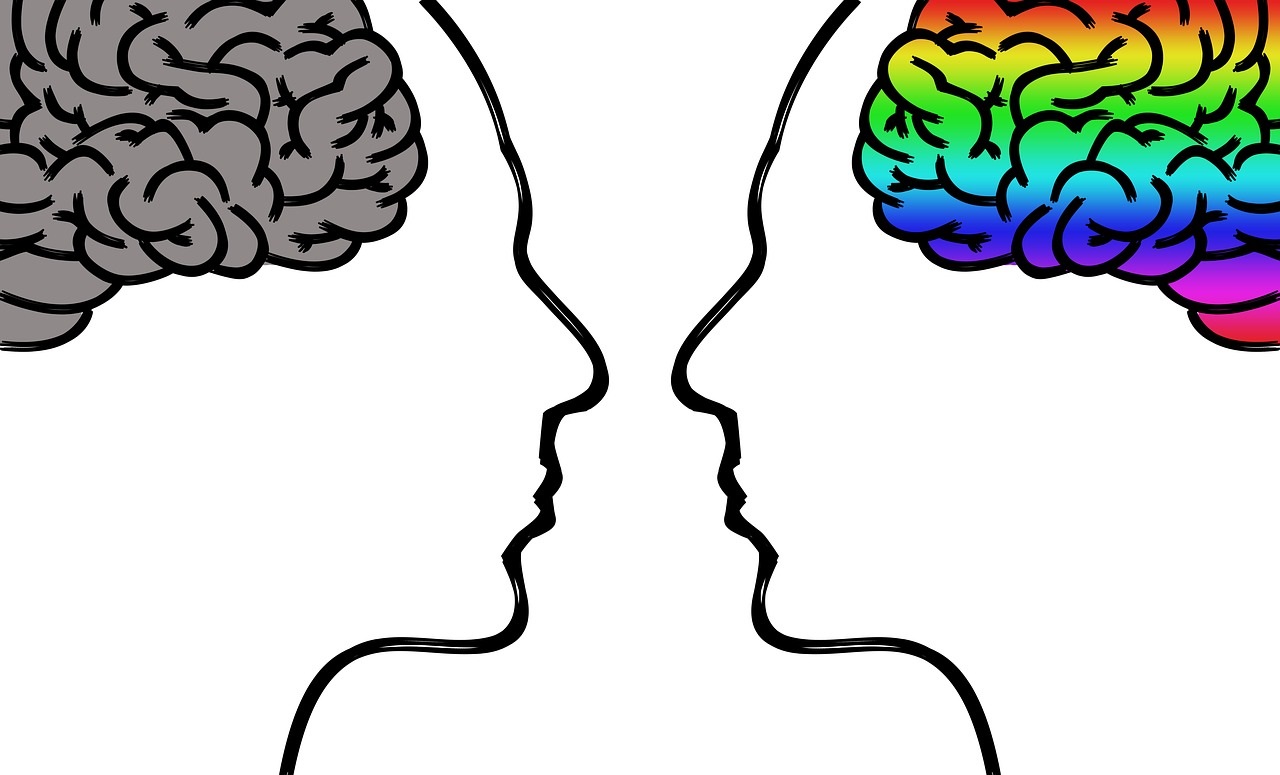Neurodidactics??? What is it? Well, a trainer can make many mistakes from the point of view of brain research. But – luckily – do a lot of things right, too, if he/she uses the latest findings in brain and learning research!
I have already been applying most of the neurodidactic principles discussed in the article “Brain research for trainers – The 12 Principles of Neurodidactics” (see ”Training aktuell”, April 2017) in my seminars. I also continuously refer to them in my MindFood blog articles (particularly, for example, in September 2013: “Learn better, more efficiently and more easily – forget less.” or in the related methods).
Not only because my “flock” learns and retains knowledge so much better as a consequence of these tried-and-tested scientific principles, but because I have so much fun with them myself. And I can watch the participants literally blossom before my eyes, if only the seeds are sown in the right place, in the right quantity and at the right time.
I’ve summarised the first 3 neurodidactic principles for you here, spiced up with personal experience, tips, pictures and methods:
Neurodidactics 1. Learning is a physiological process.
Learning requires the formation of synapses. And the formation of new synapses, in turn, requires time, and growth-promoting conditions. The latter includes enough sleep, exercise and the right activation.
 Synapses are structures that permit a neuron to pass a signal to another neuron in the nervous system (Wikipedia). |
 By repetition, patterns form in the brain similar to tracks in the snow. They become deeper and deeper the more often they are tread in. |
 Ok, admittedly this exercise isn’t realistic in a training course :-), but breaks should certainly be taken! |
Therefore, combine your input sessions with, for example, movement and relaxation exercises; it’s better to deal with one topic longer, from different angles, than too many different topics. As long as new neuronal connections have not been consolidated, they are prone to interferences – that’s why too much content can, in effect, cancel out learning – something you want to avoid at all cost!
 Energiser “Flee and Catch” – Starting Position |
 Energiser “Flee and Catch” – Did it! 🙂 |
Neurodidactics 2. The brain is a social organ
Learning processes are more efficient when embedded in social processes. Take the time to get to know each other well, and allow a foundation of trust between trainer and participants to form. Suitable methods to achieve this could be, for example, the Sociometry/Constellation or the Headstand Technique or “Dreams & Nightmares,” along with many others, such as the “Group Poster,” in the middle of which the commonalities are written, surrounded by the various personal concerns, preferences hobbies, etc.
 Instruction for the Group Poster |
 Group Poster to get-to-know |
 Variation, but always done with enjoyment and laughter |
Include group work. Depending on the size of the group and the objectives, there are many methods you can use, e.g. World Café and Fish Bowl for large groups, the Disney Creativity Method, Brainwalking, Mindmapping, to name but a few.
Neurodidactics 3. The search for meaning is hereditary
All of us prefer doing tasks when we know WHY we should be doing them in the first place. The more meaningful a task is for my real life, and the more it is related to my own needs, the more motivated I’ll be – as a general rule. For your events, this means clarifying the task and your role beforehand, or at the latest at the start of the event: where do we want to go, what are the short-term development goals, what are the long-term strategies?
Some time ago there was a MindFood blog article about “Objectives/Non-Objectives” which you might like to look up.
The “Dreams & Nightmares” method described beforehand is also a good one to use.
 Results of the “Dreams & Nightmares” method |
 D&N for the training session and “afterlife” 🙂 |
You’ll also find a chapter dedicated to neurodidactics in my book “Blossoming Workshops and Seminars Guaranteed to Succeed” the English version of which is now available for a special price of 9,99 EUR (incl. VAT) until September 13 included! (Afterwards you will get it for the standard price of 29,99 EUR incl. VAT). Well, order it NOW!
Have I made you curious? You’ll find the next 3 principles on Neurodidactics in my next blog article dealing with meaning, emotions and processing information!
I’m looking forward to hearing or reading from you. Leave your comment, your experience and/or your feedback here or contribute with methods you are applying successfully!
Yours,
Birgit






Leave A Comment